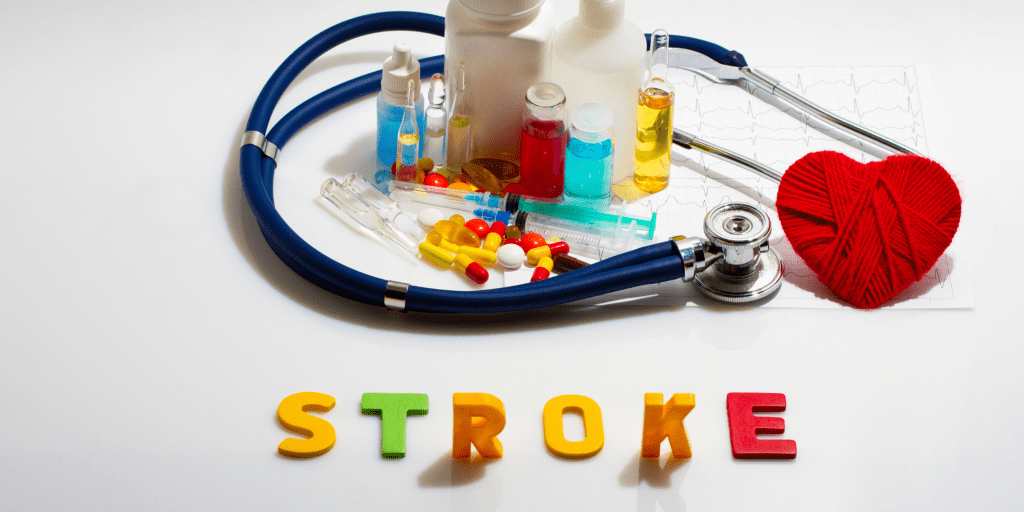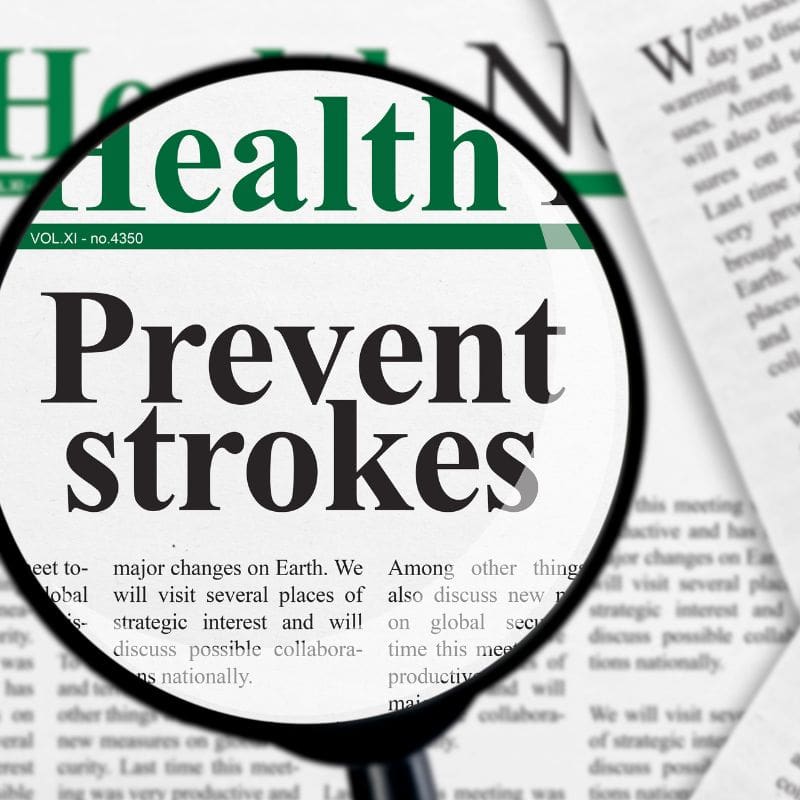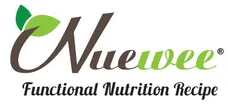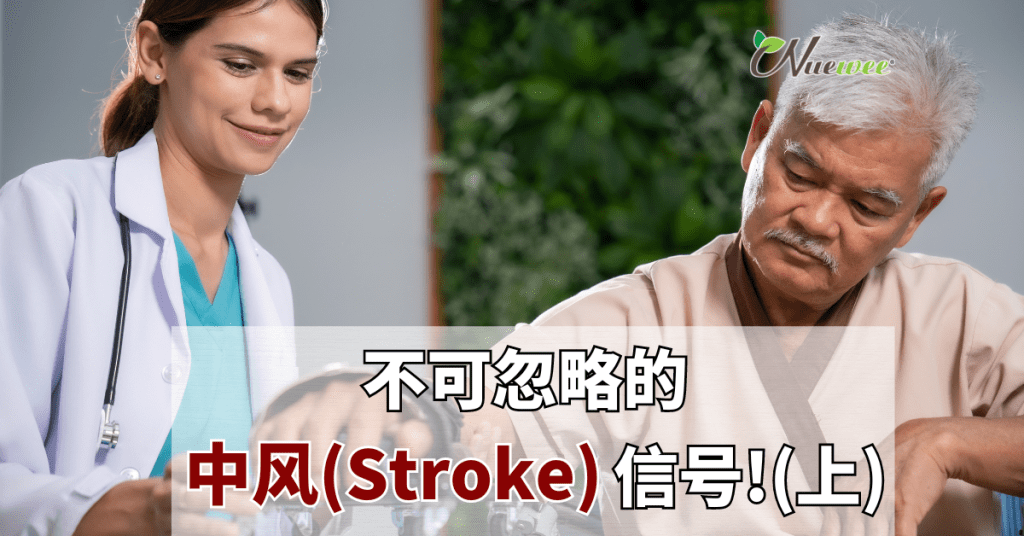Stroke, also known as “cerebral apoplexy” or “cerebral stroke“, it is an acute cerebrovascular disease. It’s also considered as “Geriatric disease”. Stroke has five major characteristics which are high incidence, high disability rate, high mortality rate, high recurrence rate, and high economic burden.
In Malaysia, there are more than 40,000 stroke cases and leading around 14,000 deaths in a year. In recent years, there have a serious number which is 9.77% of all cases that had affecting by stroke under 35 years old. Due to unhealthy lifestyles, a large number of people suffer from high cholesterol, high blood pressure, obesity, diabetes, and cardiovascular diseases are major risk factors for stroke.

Stroke can be classified into two types which are ischemic stroke dan hemorrhagic stroke.
- Ischemic Stroke: This occurs when cholesterol deposits accumulate on the walls of brain blood vessels. These plaques can lead to the formation of blood clots, causing the blood vessels to narrow or become blocked, which reduces or interrupts the blood supply to the brain.
- Hemorrhagic Stroke: This occurs when a brain blood vessel leaks or ruptures due to diseases like high blood pressure or brain aneurysms.

A stroke often strikes without warning. Here are six major symptoms of stroke:
- Numbness or weakness on one side of the face, drooling
- Mouth drooping to one side
- Slurred speech, difficulty expressing oneself, or trouble understanding others
- Sudden dizziness, unsteady standing, temporary vision problems, transient blackouts, or blurred vision
- Inability to lift both arms parallelly, weakness in one arm, sudden numbness in arms or legs
- Sudden memory loss of recent events, unbearable headache with symptoms worsening over time, accompanied by nausea or vomiting

Particularly, certain bad habits in our daily lives can “accelerate” the likelihood of having a stroke. These habits include staying up late, consuming high-salt or high-sugar foods, excessive alcohol consumption, and psychological stress.
Here are some recommendations for preventing stroke:
- Maintain a healthy diet: Reduce salt intake and eat more fruits, vegetables, whole grains, and legumes to help control blood pressure.
- Maintain a healthy weight: Keep a proper weight through a balanced diet and regular exercise to reduce the risk of stroke.
- Exercise regularly: Regular exercise helps control weight, lower blood pressure, and improve blood circulation.
- Control blood pressure: Monitor your blood pressure regularly and keep it within a normal range.
- Control cholesterol and blood sugar: Manage high cholesterol and diabetes through diet and medication.
- Quit smoking: Quitting smoking can significantly reduce the risk of stroke.
- Limit alcohol intake: Avoid excessive drinking.
- Manage stress: Maintain good mental health by reducing stress through meditation, yoga, deep breathing exercises, etc.
- Regular check-ups: Have regular health check-ups, especially if there is a family history of stroke, high blood pressure, diabetes, etc., to identify and manage potential risk factors early.
- Take medication: Follow your doctor’s advice on taking antihypertensive, lipid-lowering, or antithrombotic medications to reduce the risk of stroke.
By following these measures, you can effectively prevent the occurrence of stroke. Maintaining a healthy lifestyle is key. If you experience any symptoms or have health concerns, consult a doctor promptly and take appropriate action.


Promote our brand, reap the rewards—apply to our affiliate program today! https://shorturl.fm/UVt61
Turn referrals into revenue—sign up for our affiliate program today! https://shorturl.fm/rI4cS
Share your link and rake in rewards—join our affiliate team! https://shorturl.fm/bos3V
Get paid for every referral—sign up for our affiliate program now! https://shorturl.fm/Lv41D
Become our partner now and start turning referrals into revenue! https://shorturl.fm/RGs76
Share our products, earn up to 40% per sale—apply today! https://shorturl.fm/xf9q1
Unlock exclusive rewards with every referral—enroll now! https://shorturl.fm/VRzgj
Monetize your influence—become an affiliate today! https://shorturl.fm/mBWrp
Join forces with us and profit from every click! https://shorturl.fm/HC0LN
Share our link, earn real money—signup for our affiliate program! https://shorturl.fm/ogxHs
Become our partner and turn clicks into cash—join the affiliate program today! https://shorturl.fm/tCWcQ
Your network, your earnings—apply to our affiliate program now! https://shorturl.fm/3ybPt
Share your link, earn rewards—sign up for our affiliate program! https://shorturl.fm/VvSHy
Share our products and watch your earnings grow—join our affiliate program! https://shorturl.fm/fgYzY
Join our affiliate family and watch your profits soar—sign up today! https://shorturl.fm/XVke1
Monetize your traffic instantly—enroll in our affiliate network! https://shorturl.fm/TVAvY
Monetize your audience—become an affiliate partner now! https://shorturl.fm/PfcP0
Monetize your influence—become an affiliate today! https://shorturl.fm/NPvW3
Promote our brand and get paid—enroll in our affiliate program! https://shorturl.fm/SKzZ1
Start earning every time someone clicks—join now! https://shorturl.fm/9KtWz
Boost your income—enroll in our affiliate program today! https://shorturl.fm/5uBMh
Get started instantly—earn on every referral you make! https://shorturl.fm/YyK5K
Share our products, reap the rewards—apply to our affiliate program! https://shorturl.fm/5maVg
Earn big by sharing our offers—become an affiliate today! https://shorturl.fm/nX1eK
Drive sales, earn big—enroll in our affiliate program! https://shorturl.fm/WxCYu
Unlock top-tier commissions—become our affiliate partner now! https://shorturl.fm/iKDnE
Join our affiliate community and maximize your profits—sign up now! https://shorturl.fm/S4ykT
Partner with us for high-paying affiliate deals—join now! https://shorturl.fm/E4a4x
Share our link, earn real money—signup for our affiliate program! https://shorturl.fm/qvoKL
Refer friends, collect commissions—sign up now! https://shorturl.fm/HFNmc
Share our products, reap the rewards—apply to our affiliate program! https://shorturl.fm/BhZbk
Sign up and turn your connections into cash—join our affiliate program! https://shorturl.fm/I69jV
Turn referrals into revenue—sign up for our affiliate program today! https://shorturl.fm/lOuIt
Sign up for our affiliate program and watch your earnings grow! https://shorturl.fm/HZ5Ms
Grow your income stream—apply to our affiliate program today! https://shorturl.fm/uGohr
https://shorturl.fm/uAow2
https://shorturl.fm/4fWbC
https://shorturl.fm/1q8hc
https://shorturl.fm/Q3oBS
https://shorturl.fm/LkaYn
https://shorturl.fm/4kn4h
https://shorturl.fm/0bj3T
https://shorturl.fm/cuEKd
https://shorturl.fm/L4VBf
https://shorturl.fm/CHkYj
https://shorturl.fm/gE6w0
https://shorturl.fm/2b3PC
https://shorturl.fm/8IR1v
https://shorturl.fm/uJHwA
https://shorturl.fm/yfgr8
https://shorturl.fm/1lNtc
https://shorturl.fm/5wPf7
https://shorturl.fm/xv6jq
https://shorturl.fm/GcYgh
https://shorturl.fm/k9OWh
https://shorturl.fm/Oau6g
https://shorturl.fm/XRx8O
https://shorturl.fm/krlKm
https://shorturl.fm/autZ0
https://shorturl.fm/zXPdG